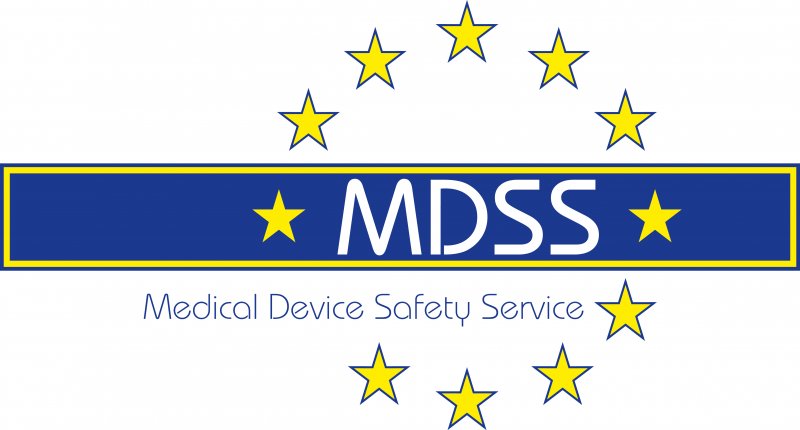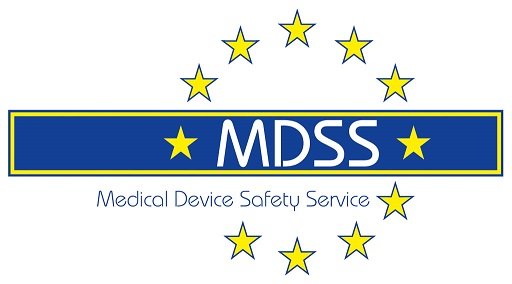Seeking opinion on Article 120 (3)
“… and provided there are no significant changes in the design and intended purpose.”
The most controversial condition under which the additional transition can be applied.
The Q&A provided by the CAMD provides an opinion with the answer to the question number 17:
“3. No significant changes in the design and intended purpose
[If there is a significant change in either the design or the intended purpose, Art. 120 para 3 MDR cannot be claimed. Qualification of a change as “significant” according to Art. 120 para 3 MDR shall be determined on a case by case basis. However,
- limitations of the intended purpose
- design changes related to corrective actions assessed and accepted by the Competent Authority are not considered “significant” in the sense of Art. 120 para 3 MDR..
The wording provided above does not go along with the legal text which states:
“… and provided there are no significant changes in the design and intended purpose.”
The law should not be changed in this manner. The above exception can only be given with the correct application of the law.
Only if there is an AND the following is correct.
1.Limitation of the intended purpose without changing the design should be possible since it is certainly covered by the Notified Body certificate. With defining that the conjunction should be changed to OR, then a limitation of scope would not be possible but the answer to Question 17 provides an exception for such a change!
Even a small extension of scope without changing the design should be possible if covered by the certificate! Without any change in the design the safety and performance of the product is most likely not affected and an additional benefit discovered would change the risk benefit ratio to the positive side. In any case the Notified Body could be allowed to verify this and if the certificate does not need to be updated it should be covered.
2.Design changes certainly should be possible! Those are being done all the time and if the intended use does not change meaning that it is covered by the scope of the certificate, then this should be covered by Article 120.3. This certainly makes sense if the manufacturer has achieved an Annex II.3 certificate which includes the ability to change the design of the product and apply a complete conformity assessment procedure accordingly. This would apply for the lower risk classes up to IIb if the conformity assessment according to the annex II was applied. In addition, there is still the requirement of the MDD, that the NB may need to be informed of that.
3.The requirement of the MDD to inform the notified body of certain changes should not be confused with the requirements of the article 120 (3).
The lawmakers have set a balanced approach for this transition period with the wording AND. Someone should keep in mind that this also depends highly on the scope given with the specific certificate. There are Annex II certificates which actually contain very specific information which will not allow any changes anyway (For example a client is limited with exactly the product name listed). This seems to be intended to apply stricter control and certainly in the power of the NB.
Having said this the scope for the Annex III and Annex II.4 certificate may as well be very limited and rightly so. Those will much faster lead to the application of the MDR with smaller changes.
We are providing the interpretation to seek the opinion of the regulatory community. Most certainly, should you be in the situation that the notified body restricts the product due to a design change or change of intended use then the only correct interpretation can be found in court.


Comments